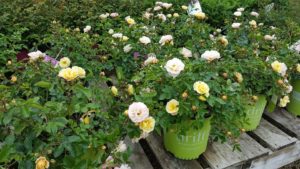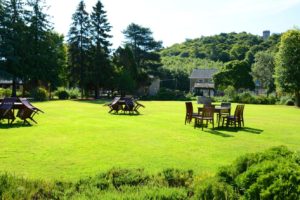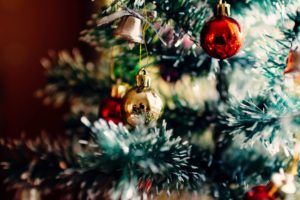June Lawn & Garden Tips for Southeast Wisconsin
Perennials
The use of perennial beds has grown in popularity over the years as well as the quest for year-round color and interest. Proper planning and maintenance can help achieve just that. When creating a perennial bed or adding plants to an existing one, select the style that fits your landscape and interests. Here are a few ideas to make maintenance easier:
- Select and plant the right perennial for your growing conditions.
- Start small and expand your garden as time allows. Perennial beds do require some upkeep, so if you don’t have much time it’s better to start off smaller than be overwhelmed with weeds.
- Consider using fewer species but planting more of each variety. An overcrowded bed quickly becomes a lot of work.
- Plan for year-round interest. Choose plants that bloom at different times during the season. Don’t be afraid to use annuals for early spring blooms or for filling in gaps.
- Include plants that will not only provide winter interest, but also food for the wildlife such as ornamental grasses, rudbeckias, coneflowers and other seed pod plants.
- Consider adding foliage plants that have fall color like coral bells, sedums and evening primrose
June Tips:
Cool wet springs mean lots of diseases. Remove spotted, blotchy, or discolored leaves as soon as they are found. Watch for leaf-hoppers, aphids, mites and spittle bugs. These insects all suck out plant juices causing leaves to yellow, brown and die. Check for signs of wildlife. Deer and rabbits love certain perennials and will need to apply repellents or noise makers to deter them from destruction. Remove weeds as soon as they appear. If your plants need a little nutrition boost, consider using fertilizer or top dress beds every two to four years by spreading a good compost into the soil.
As plants begin to flower and fade, deadhead to prevent unwanted seedlings, prolong bloom, and improve the overall appearance of the garden. Tall or top-heavy plants such as peonies, will need to have cages or stakes for support. It is easier to address those issues before they get to that point. To prevent fall plants such as asters and mums from getting to big, or flowering to early pinch back the tops.
Be sure to check our In the Spotlight for more ideas of plants, shrubs, flowers to beautify your home!
Questions about planting, feeding and watering? Take advantage of our knowledgeable horticulturist & owner, Jason. He is here to help you make good decisions on what will work best and how to properly tend to your new plantings. Visit the Heritage Hill Nursery and garden center now! We are conveniently located, close to Cedarburg, Jackson, West Bend, Slinger, WI.
25% off Terrariums!
[coupon couponid=”1029″ coupon_align=”cctor_aligncenter” name=”June Special Offers From Heritage Hill Nusery”]












